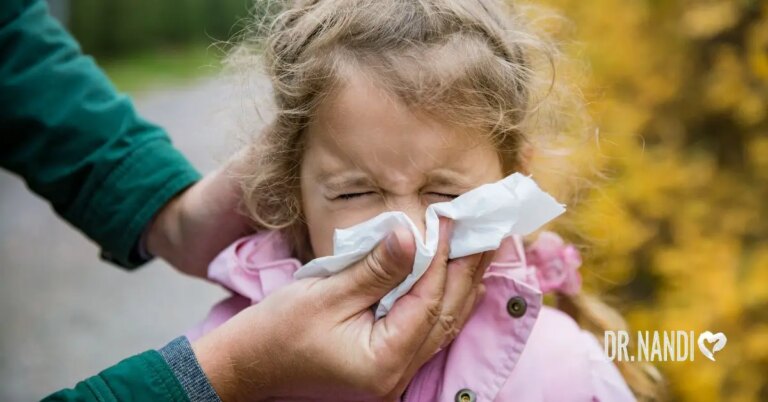According to former Beckman Institute postdoctoral researchers Michelle Rodrigues and Si On Yoon, there is a tie between female friendship and cortisol response. Their study looked at how age and familiarity with those we interact with impacts a conversation, reviewing the effectiveness and stress responses generated from those conversations.
Friendship Health Benefits: What Are Friends For?
The “What are friends for?” female-focused study considered two hypotheses:
- The tend-and-befriend hypothesis challenging the more masculine associated “fight-or-flight” dichotomy
- The socio-emotional selectivity hypothesis suggesting a social “pruning” takes place as we age in search of a more intimate, higher-quality circles of friends
The study was focused on women, in two different age groups. “Women have evolved an alternative mechanism in response to stress,” says Rodrigues. “In order to deal with stress, women can befriend female peers.”
Partnering For Friendship Health Benefits Study
“I was working with several different groups in several different disciplines, coming from the perspective of studying friendship but having previously done research on adolescent girls, but not older women,” says Rodrigues. As a result, she partnered with On Yoon, who studied younger and older adults and the cognitive mechanisms of natural conversation during a lifespan.
“My research program was focused on language measures in social interactions, and I was glad to work with Dr. Rodrigues to develop an integrative approach including both language processing and physiological measures to study social interactions,” says Yoon.
Merging Theories On Friendship Health Benefits
The two combined their theories to create a focused study looking at how over a woman’s lifespan tendencies to “tend and befriend” and socially select their group of friends reflect in their communication. Women participating in the study included women aged 62-79, and 18-25. They were either paired with someone considered to be a friend or a stranger.

Friendship Health Benefits Conversational Challenges
The pairs had to arrange tangrams based on their partner’s instructions without being able to see the shapes. Each shape was abstract, so very hard to describe. Why was this important? It helped quantify each conversation’s efficiency based on how many words were used. The younger pairs communicated more efficiently with friends than older pairs, yet less efficiently with strangers. However the older adults were able to communicate efficiently with both friends and strangers.
Benefits Of Friends Cortisol Levels
Salivary cortisol levels were then measured to compare stress levels of the pairs. “When you experience something stressful, if you have a stress response system that’s working as it should, the result is an elevated amount of cortisol, our primary stress hormone, which then tells our bodies to release glucose into our bloodstreams,” says Rodrigues. “That’s reflected in our saliva about 15 to 20 minutes after we experience it. If we see a rise in salivary cortisol from an individual’s baseline levels, that indicates that they are more stressed than they were at the time of the earlier measurements.”
Working with friends for all pairs showed lower cortisol levels than when working with strangers.

Confirming Benefits Of Friends
“A lot of the research on the tend-and-befriend hypothesis has only focused on young women, so it’s great to have these results that pull that out to the end of life. We can see that friendship has that same effect throughout the lifespan. Familiar partners and friendship buffer stress, and that’s preserved with age,” says Rodrigues.
If you would like to share stress relieving tips with your friends click here for our free “Calming the Chaos” audio series.
Source:





















